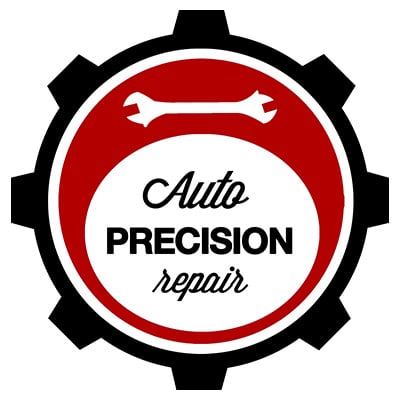
In the world of automobile maintenance, a commonly overlooked but vital area that is often neglected and vitally important the repair of brake, To the novice mechanic, the work could seem overwhelming due to its complicated array of components like rotors, pads, and calipers in addition to the hydraulics required. With a steadfast dedication to learning the basics and a bit of practical knowledge The task of fixing brakes becomes less of a challenge and becomes a feasible, if not rewarding task. This article, packed with tips and tricks from a professional will attempt to make the process of repair for the DIY-er. There is a wealth of information for anyone who wants to increase their mechanics skills and ensure the overall health of their vehicle’s brake system in their own hands.
Understanding Brake System Basics
A thorough understanding of the fundamentals of brake systems is an essential requirement for efficient repair and maintenance of your brakes. The system is an intricate arrangement of both hydraulic and mechanical components that work together to stop your vehicle. The main components usually comprise the master cylinder, brake pedal brake lines and brake calipers brake pads, and rotors. In essence, when you press the brake pedal pulled and the master piston to push brake fluid along the lines of brakes, triggering the brake calipers. The calipers then fix the brake pads on the rotors, causing friction that reduces speed and eventually will stop your vehicle. Knowing the sequence of operations is essential in identifying and fixing any issues that may arise promptly and in a safe way.
https://autoprecisionrepair.blogspot.com/2024/02/perfecting-brake-care-in-depth-manual.html
Mastering DIY Brake Repairs
With a good understanding of the fundamentals of the brake system in your arsenal You’re well-equipped to handle the intricate aspects of repairing brakes yourself. It’s time to get it down.
1. Inspection: Always begin by examining your brake system. Check for worn-out pads, rotors that are damaged or leaks in brake fluid.
2. Repair: If you spot any damaged components take them off and replace them. Make sure to use top-quality brake components to ensure their durability.
3. Bleeding: Once you have replaced the components, it is necessary to flush the brake system to get rid of any air bubbles that could hinder the effectiveness of your brakes.
4. Testing: Last but not least, test your brakes within a secure controlled, controlled area prior to driving your vehicle out on the highway.
Conclusion
In the end, mastering specifics of repair of brakes could be a rewarding activity for DIY enthusiasts. Understanding the fundamentals that comprise a system of brakes as well as developing the skills needed for DIY repair of brakes will significantly increase one’s mechanical capabilities. This skill sets people with the capacity to tackle repair work on their own but also gives them a deep feeling of self-confidence and accomplishment.

Leave a comment